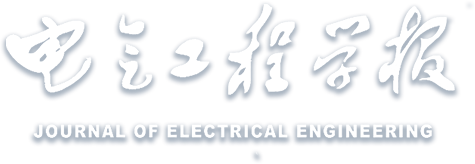Abstract:
In the ungrounded system, the fault current is small when the small fault angle fault or high-impedance grounding fault occurs, and the traditional fault detection method only sets a threshold, which is not adaptive to the fault characteristics and the detection reliability is limited. In systems with distributed power generation, the amplitude of the fault current is also reduced due to the limitations of the power electronics. The proposed method defines the maximum energy and corresponding frequency range of the transient zero-mode current in different frequency bands as the characteristic frequency bands, comparing the zero-mode currents in the characteristic frequency bands of the faulty lines and non-faulty lines under different types of faults, and using the sequential overlapping derivative(SOD) to highlight the phase and amplitude differences to realize fault detection. The simulation results show that the characteristic frequency bands can effectively filter the signal interference and highlight the fault characteristics, and can effectively identify the above fault types. On the other hand, SOD only needs several sampling points of current and voltage signals to quickly identify the initial traveling wave and avoid the problem caused by the fleeting nature of the initial traveling wave.


 下载:
下载: